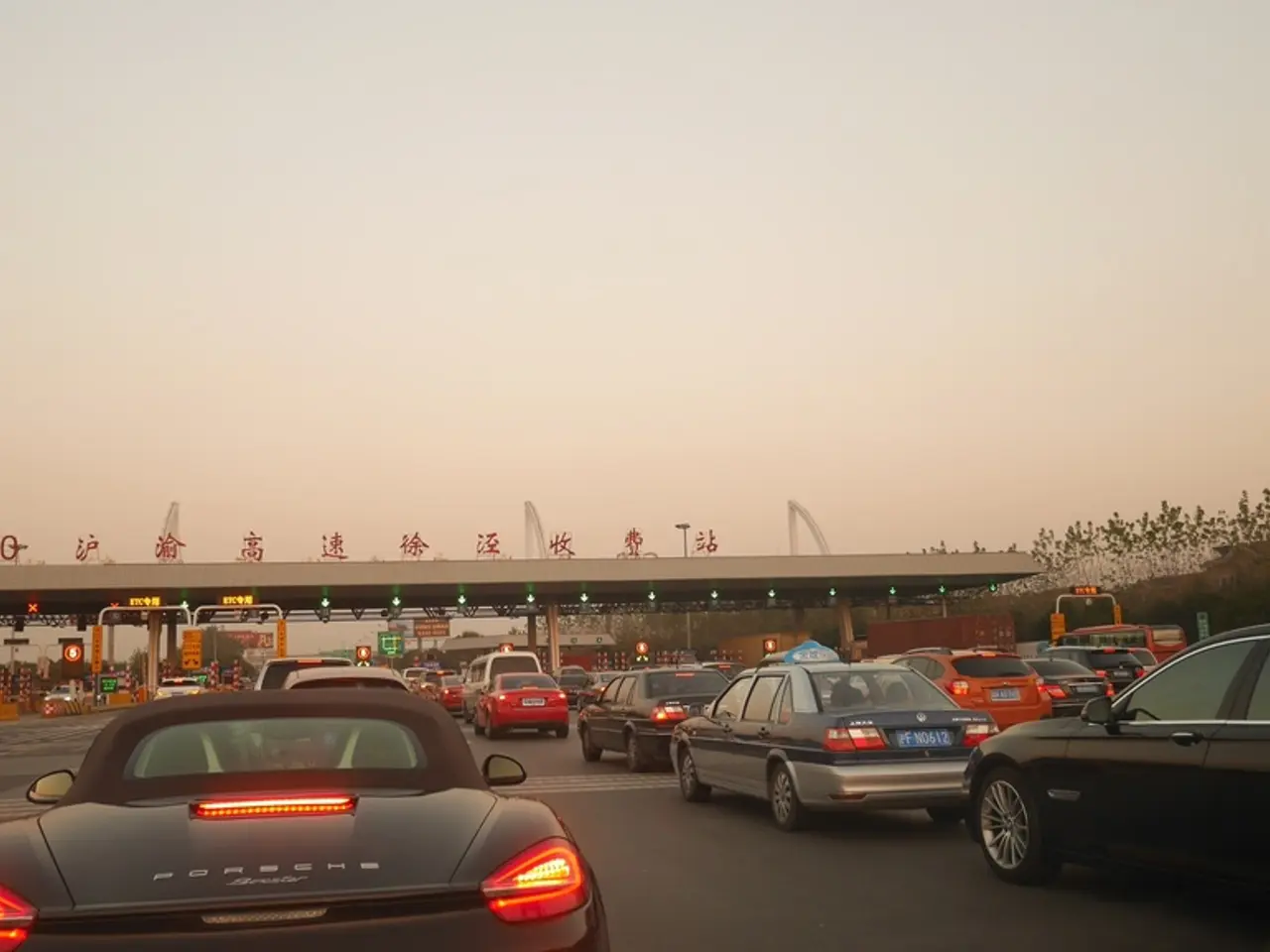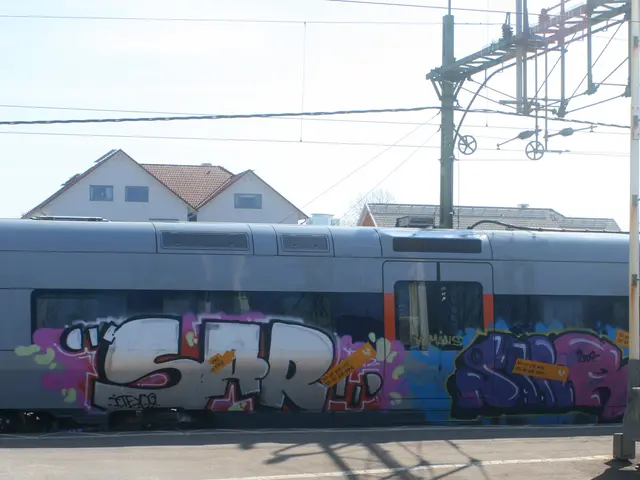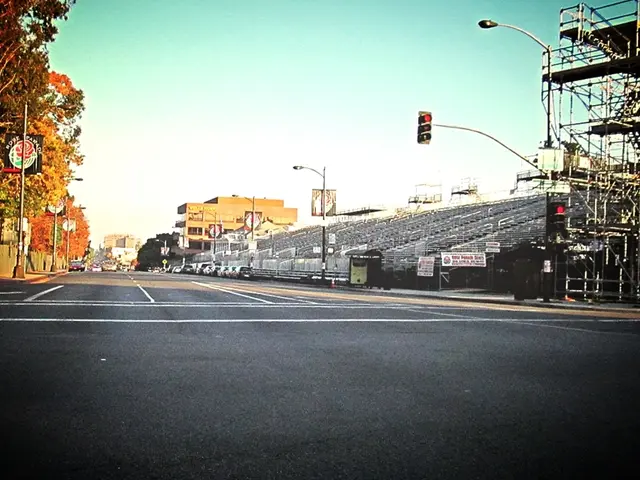France's Toll Fees: It's significant to pay attention to this matter
Modernizing Tolls in France: What Drivers Need to Know
France is in the process of modernizing its toll system, replacing traditional barriers with automatic license plate recognition and digital toll calculation. This new system, while simplifying the process, has introduced some changes that drivers should be aware of to avoid unexpected toll fees or fines.
One of the key differences is the use of toll boxes, which can be attached behind the windshield for easier toll payment. These devices are particularly useful for those who frequently use French highways. However, it's important to note that debit cards may not always be accepted for toll payments in France, so it's advisable to always have a classic credit card for toll payments.
The credit card used for toll payments must be in the driver's name to avoid problems at the barrier. The operators of the toll highways in France that require registration when using an authorized toll box include ATMB (Autoroutes et Tunnel du Mont Blanc), SFTRF, and GEIE-TMB. These companies manage major routes and tunnels such as Mont Blanc and Fréjus tunnels, for which toll registration is required.
In the new system, the toll box allows for use of special lanes where costs are automatically deducted at reduced speed without stopping. This can lead to a mixed system where no ticket is issued, and drivers may be looking for a ticket that was never issued. It's crucial to be aware of this to avoid any confusion.
Failure to pay toll fees within the specified timeframe may result in late fees. It's important to carefully check the conditions of the toll box provider, as some charge fees only when used, while others have a monthly flat rate. The Center for European Consumer Protection recommends registering your license plate with the operators in advance to receive toll notifications.
On some routes, such as the Isère department, vehicles are automatically recorded upon entry but payment is made at a traditional barrier. Driving on a French highway without barriers for the first time may result in an unexpected bill or even a fine.
The new technology used in the toll system often works in the background, so much goes unnoticed for drivers. This mixed system can lead to uncertainty, especially among vacationers who are not familiar with the system. It's advisable to be prepared and aware of these changes to ensure a smooth journey.
In conclusion, France's modernization of its toll system aims to avoid congestion at toll booths and make traffic flow more smoothly. By being aware of the changes and following the guidelines provided, drivers can enjoy a hassle-free toll experience in France.
Read also:
- Understanding Hemorrhagic Gastroenteritis: Key Facts
- Stopping Osteoporosis Treatment: Timeline Considerations
- Expanded Community Health Involvement by CK Birla Hospitals, Jaipur, Maintained Through Consistent Outreach Programs Across Rajasthan
- Abdominal Fat Accumulation: Causes and Strategies for Reduction








